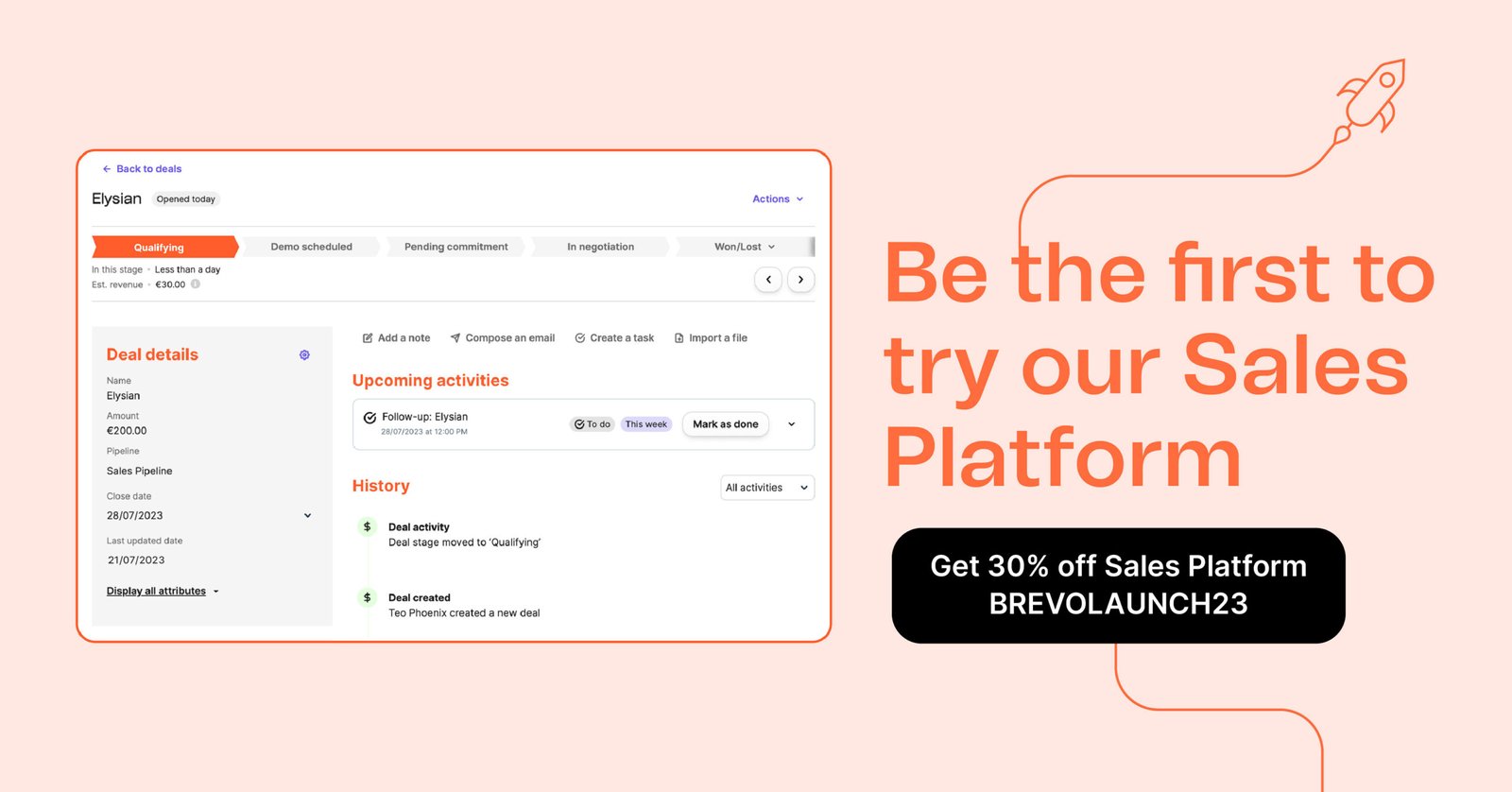What is Reverse Engineering?
Reverse engineering in marketing is the process of analyzing and breaking down successful marketing strategies used by competitors or industry leaders to understand what they are doing right. This information is then used to replicate or improve those strategies in your own business.
Five Variables for Creating Successful Campaigns through Reverse Engineering
I never start creating a funnel without knowing at least four of these five variables. I never leave two unknowns. Also, when I analyze my own funnels, if something doesn't work, it's usually due to a flaw in one of these five variables:
- Demographic Data
- Offer
- Landing Page
- Traffic Source
- Ad Copywriting
Demographic Data
Demographic data are all the characteristics of the people you are targeting. They define who belongs to your target group and who does not. We are talking about distinguishing factors such as age, gender, education, geographic location, income level, race, language and political affiliations.
For example, a company that markets dietary supplements may have an older demographic. On the other hand, a coaching company's primary demographic might be business people earning between one and three million dollars a year.
Once you know the demographics of your competitors' target demographics, it is easier to define your own. In a case study on the sale of pain supplements, it was discovered that competitors were offering their products on diabetic, survival and natural health websites. This opened up a new area of opportunity, increasing sales within a few months.
2. Offer
The offer boils down to what you are selling and at what price, including upsells and downsells.
The first offer is just the tip of the iceberg. You need to know the ENTIRE iceberg (funnel) during this research phase.
- What exactly are they selling?
- How are they selling it?
- At what point do you offer each product in your funnel?
You should research the copywriting of their sales videos, the emails they send, the frequency of these emails, and whether they are selling or providing content in each email. The more you know, the more likely you are to succeed.
3. Landing Page
The landing page is where a person lands after clicking on an ad. It is one of the most important pages in your entire sales funnel.
- What do the landing pages of your successful competitors look like?
- Are they subscription pages?
- Are they sales pages?
You should reverse engineer what is already working and model it for your own site. Don't try to reinvent the wheel. Follow proven and successful models.
4. Traffic Source
- Where does your competitor's traffic come from?
- What are the specific websites where they buy ads?
- Is the traffic coming from banner ads, social media or email?
- Do you mainly use video or text?
5. Ad Copywriting
- What do successful ads look like?
- What makes people click on the ad?
- What attracts them to look at the competitor's ad?
- What images do competitors use?
- What does the title say?
- How is the copywriting of the body of the ad?
- Does the competitor use video?
Don't waste time blindly trying to figure out your advertising methods. Find what already works and model it. Once you have a predictable and stable income, you can run split tests to try to improve the ad.
How to Reverse Engineer a Successful Campaign?
Step #1: Identify your Direct and Indirect Competitors
- Direct competitors: Those who sell something very similar to yours.
- Indirect competitors: Those who sell something different from you, but to the same demographic.
Make a list of your direct and indirect competitors and their landing page URLs.
Step #2: Analyze What They Are Doing
At the time Russell wrote Dot Com Secretsthe platform I used is SimilarWeb.com. This tool is essential for analyzing competitor web traffic, optimizing marketing strategies and understanding market trends. It provides detailed data on website performance, traffic sources, keywords and audience behaviors, which helps identify opportunities and develop effective content.
On facebook you can check your competitor's ads here.
A longer ad duration indicates that it is performing well. In less than five minutes you can learn EVERYTHING you need to know about a competitor's campaign using these tools.
- Demographics
- Offer
- Landing Page
- Traffic Source
- Ad Copywriting
The last step is to buy your competitor's product to see the up and down sales.
- What emails or messages does this company send to customers?
- What else happens after the initial purchase?
Conclusion
- Make a list of your direct and indirect competitors.
- Find the URL of each landing page.
- Enter URLs into online research tools.
- Gather data, dig deep, click on links, buy products and see what the competitor is doing.
- Create a sliding file of ideas for modeling.
Reverse engineering successful campaigns allows you to use proven strategies for your own success. Remember, modeling what already works is the secret to creating successful and profitable marketing campaigns.







